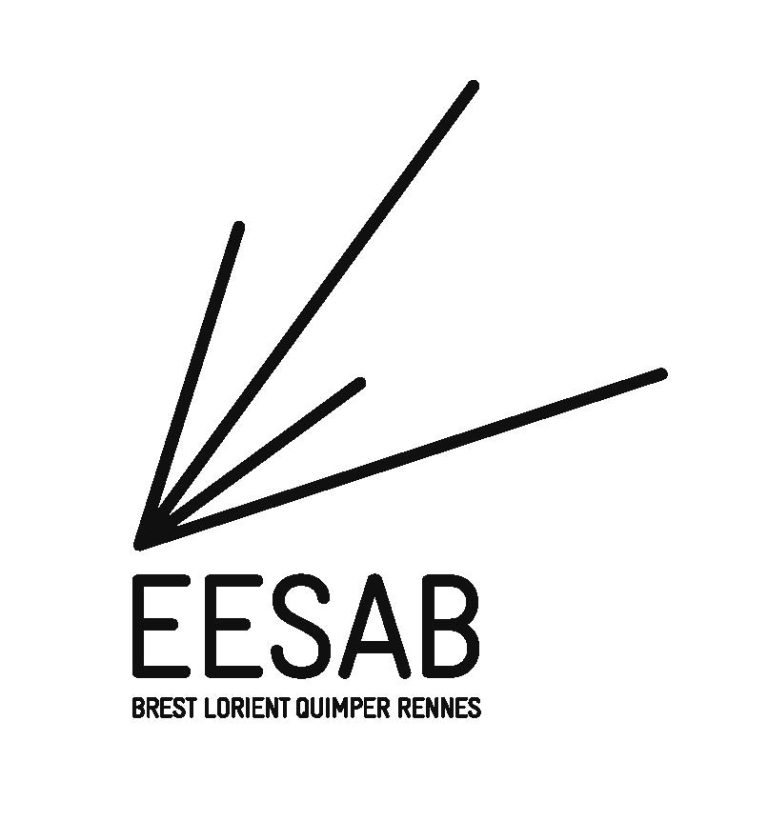Yann Mirada
Fine woodworker, designer
March/april/mai 2025

- Craft & Design
- Boston
“An investigation into the legacy of the rocking chair, an icon of American Design. A residency at the intersection of the arts and design—two fields that are important for me to integrate, as I strive to do in my daily practice.”
My journey is rooted in a desire to grasp the essence of people and things. Initially, a desire to witness and an attraction to documentary work guided me towards portrait and reportage photography.
This first medium allowed me to observe, deconstruct, understand, and conceive, but its tangibility is relative, and I wish to express in three dimensions an attachment to things that has been with me since childhood.
Thus, I enjoy collecting and questioning the structure of objects, tools, furniture, as well as organic world elements such as plants or skeletons.
This instinctive curiosity led me towards design and artisanal craftsmanship. The boundaries separating them are porous and ultimately depend on one’s interpretation.
Therefore, while my profession is cabinetmaking, my field of action remains Design.
The focus on artisanal production with a sober and sincere aesthetic and design characterizes my work.
Although it shows a commitment to tactile quality, the choice of solid wood as the primary material also reflects a desire not to obscure either the material or the structure of an object. Raw material and visible structure are thus intertwined in my creations. The object reveals itself as it is: the way it is conceived becomes an aesthetic strength.
An investigation into the legacy of the rocking chair, an icon of American Design. A residency at the intersection of the arts and design—two fields that are important for me to integrate, as I strive to do in my daily practice.
This piece of furniture is unlike any other: it questions our relationship with time. Although intended for rest, its rise in American society coincides with the acceleration of time, mass production, progress, and modernity, as if, unable to stop, we are compelled to keep moving no matter what.
The challenge is to consider the rocking chair in a broader context than just its technical or artisanal aspects: I would like to study it not only in its aesthetic form but also from a philosophical and cultural perspective. The aim is to move from understanding the small history of a piece of furniture—its making and appearance—to approaching the larger History.
Based in Boston, this project will also lead me to explore the Northeastern states of New England by meeting traditional craftsmen, collectors, designers, and researchers. By visiting museums, workshops, Shaker communities, and former factories, I will collect images and voices. This work, both documentary and educational, will also serve as the foundation for my own design of a contemporary version of the rocking chair.
New England is the birthplace of rocking chairs.
The Boston rocker is one of the most iconic, but each region has its own particularities.
As a hub of intense commercial and cultural exchanges, major ports like Boston have been the crucible for many social, political, and technical advancements.
Today, a leading center of international knowledge, Boston is home to many specialists and researchers in fields related to the very design of the rocker. Topics such as the relationship with time, movement, and balance will be explored alongside them.
New England is also a land of experimentation with new ideas and the home of various communities. It is here that the first Shaker villages were established, which still exist today. Their influence on modern design makes them an essential stop on my journey.
These states of contrasts have seen the rise of industrial landmarks such as Gardner’s Chair City and the Wakefield Rattan Company, and have also become a sanctuary for internationally recognized traditional craftsmanship, such as the Sawyer family’s chair-making workshop in Vermont.
I will also spend time in Providence, where I will discover the work and approach of the Rhode Island School of Design (RISD) and other institutions that contribute to the historical and cultural richness of this one of the oldest cities in the United States.
In partnership with

La Gare, Centre d’art et de design
La Gare, art and design center, is a place of creation, hospitality and discovery of resilient artistic practices linked to art and design. Through design, La Gare tends today to question environmental and ecological concerns, and to formulate generous hypotheses around transitions.

EESAB
EESAB is the largest Higher Art School among the 46 existing in France, having altogether around 900 students and gathering 100 teaching staff. The 4 sites (Brest, Lorient, Quimper, Rennes) offer courses in Art, Communication and Design. Forming a single school fosters strategic thinking with respect to artistic training. Shared fields in research, international cooperation, partnerships and career follow-up are promoted.

Ecole de Condé

CMA Bretagne

Fondation Bettencourt Schueller
As a family foundation and a public-interest foundation at the same time, the Fondation Bettencourt Schueller has chosen to “take talents to the top” to contribute to France’s success and influence.
To this end, the Foundation seeks, selects, supports and promotes women and men who are rethinking our future in three fields that make a tangible difference to the common good: life sciences, the arts and an inclusive society.
With a philanthropic mindset, the foundation takes action through prizes, donations, personalized support, effective communication and co-created initiatives.
Since the foundation was founded in 1987, it has awarded prizes to 676 laureates and supported more than 1,400 projects led by talented individuals, teams, associations and organizations.
For more information: www.fondationbs.org | Twitter: @Fondation_BS | Instagram: @fondationbettencourtschueller | Facebook: @BettencourtSchuellerFoundation | #TalentFondationBettencourt

